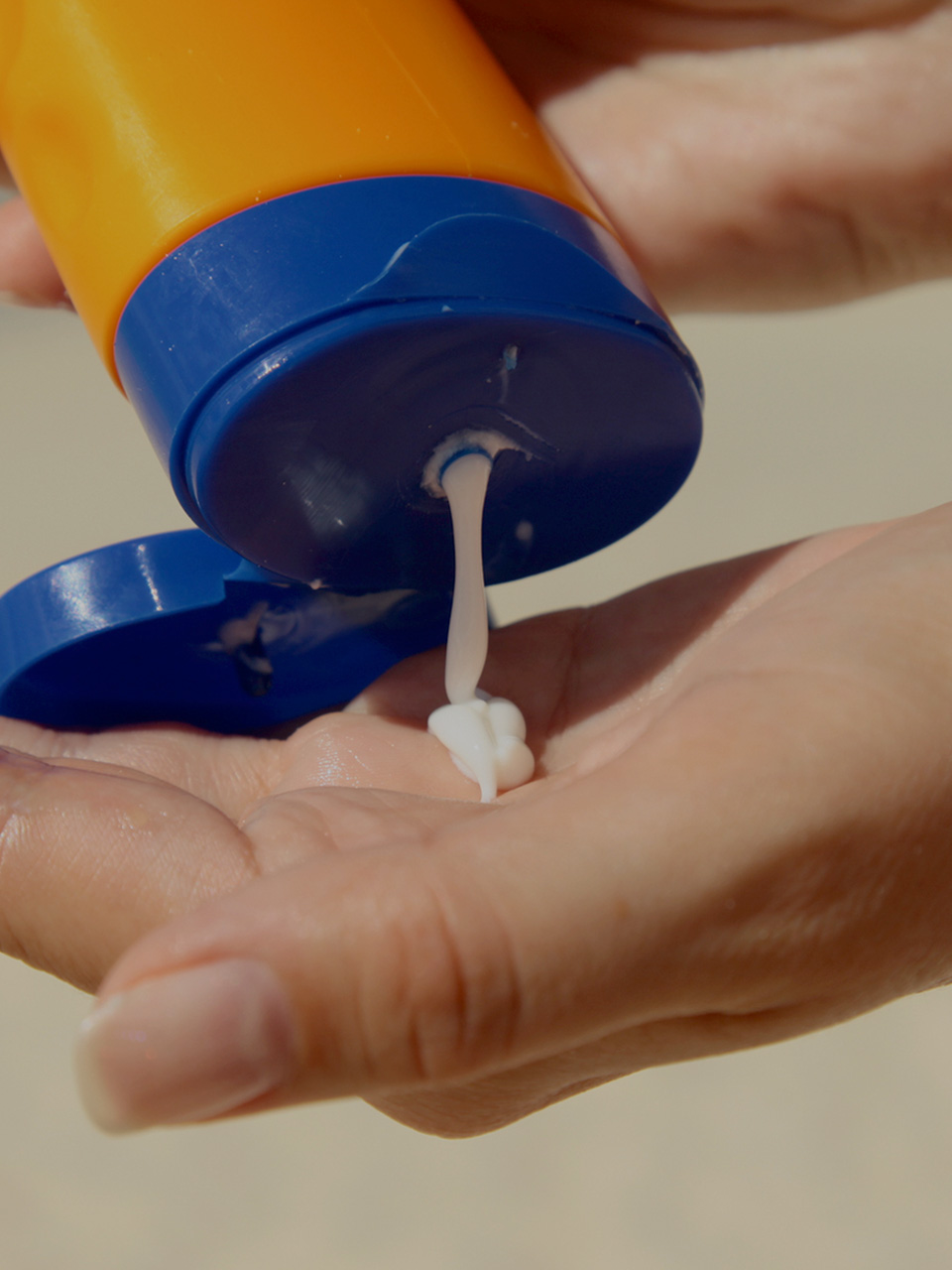
Tap to Read ➤
SPF Sunscreen Meaning
Parashar Joshi


SPF is a term that is always associated with sunscreen and sunblock lotions. But how many of you are aware about the actual meaning of the same? Well, read on to know more.

If you ever need to be convinced by the convincing commercials, then you need to watch one of the umpteen sunscreen lotion advertisements. Watching all the sexy women lazing around on the beach, braving the hot sun and yet remaining fair-skinned, has many female viewers crowding at the nearest cosmetics store, to get their hands on a tube of that sunscreen.

Well, sunscreen and sunblock lotions are available a dime a dozen, and in a plethora of SPF levels, thanks to which, zeroing in on the perfect sunscreen lotion often becomes a real headache. But what exactly is SPF, and what does an SPF sunscreen mean? Well, let us find out!

SPF Sunscreen Explained
First and foremost, comes the full form of the term 'SPF'. Basically, SPF is an acronym for 'Sun Protection Factor'. So that is one question answered (although I'm guessing you already knew the answer to that one).

For those who are not very knowledgeable regarding the necessity or the purpose of sunscreens, here is the answer. Prolonged direct exposure to the sun always results in sunburns i.e. reddening of the skin. Applying sunscreen to the exposed skin areas protects them from sun's harmful UV rays, and also reduces the risk of skin cancer and other skin problems.
Now that we know about the meaning of sunscreen and its uses, we will tackle the concept of SPF numbers or SPF sun protection levels. When a certain sunblock lotion is advertised as being SPF sun block 30, what does that imply? What does SPF sunscreen 'XYZ' mean? The answer lies in the following paragraph.
Different SPF Levels

To put it in simple words, the SPF level of a sunscreen lotion is an indication of how long the lotion will remain effective, not how strong the lotion is. Consider the following example.

You have two SPF sunscreen lotions, one being an SPF 15 and the other being an SPF 30. Now, let me clear a common misconception that people have. The SPF numbers, by themselves, do not indicate the amount of time that the sunscreen lotion will remain effective.

Rather, the SPF numbers need to be multiplied by another factor, or in mathematical terms, a constant. What is that 'constant', you may ask. Well, that constant is nothing but the amount of time that it takes, for your skin to show signs of reddening or sunburn, when left uncovered and exposed directly to the sun.

What that means is, if 15 minutes is what it takes for your skin to redden when exposed to direct sunlight, then 15 is the constant in your case. Now, how do you calculate the amount of time that the sunblock lotion will remain effective?

Well, you simply multiply the SPF level of the sunblock lotion with your individual constant. So, if 15 is your constant and you have an SPF 15 sunscreen lotion, then you have, 15 x 15 = 225. Those are the number of minutes for which the sunscreen lotion will continue to remain effective after you apply it.

What is obvious in this case, is that the constant will not remain constant for everyone (unintentional paradox!). For you, it could be 15 minutes, for your partner, it could be 10, whereas for someone else, 5 minutes of direct sun exposure would be all it takes for his skin to redden.

What this implies is that, the 'safe period' (in the context of direct sun exposure) is not the same for every person, even if they use the same sunblock lotion. For instance, consider a situation wherein both you and your partner head to the beach for 2 hours of sunbathing, and you both apply an SPF 15 sunscreen.

Now if your constant is 10 and his is 5, what it means is that the SPF 15 sunscreen will protect you for 150 minutes, whereas it will protect your partner for only 75 minutes! In this case, the only other option your partner has, is to reapply the sunscreen after an hour, or use one with a higher SPF level, such as an SPF 30.

Selection Tips
Sunscreens with SPF levels in ranges of 30 and 50 are recommended for outdoor activities like sunbathing, sea bathing, swimming, etc. Sweat and water often result in the sunscreen lotion wearing off your body, so reapplying it at regular intervals is important. Look for sunscreens containing zinc oxide and titanium dioxide. They provide excellent protection.
Hope that you are now clear in your mind, regarding the significance of SPF sunscreen numbers. Remember, wearing sun protective clothing, in addition to applying sunblock lotion, is also important for ensuring proper protection from the sun's rays.